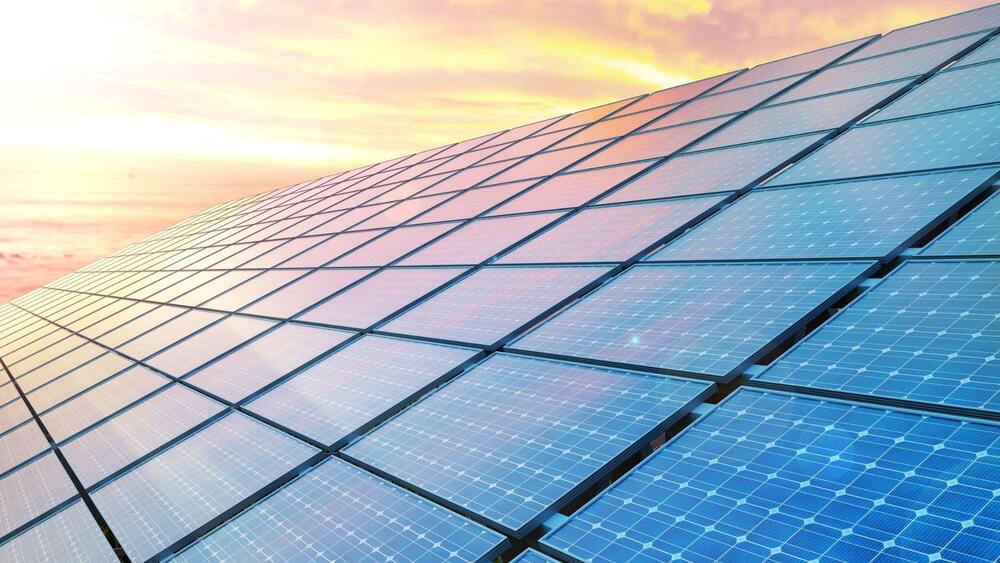Nov 3, 2022
New ‘smart tattoos’ tackle tech challenges of on-skin computing
Posted by Jose Ruben Rodriguez Fuentes in categories: computing, health, mobile phones, wearables
Personal computing has gotten smaller and more intimate over the years—from the desktop computer to the laptop, to smartphones and tablets, to smart watches and smart glasses.
But the next generation of wearable computing technology—for health and wellness, social interaction and myriad other applications—will be even closer to the wearer than a watch or glasses: It will be affixed to the skin.
Continue reading “New ‘smart tattoos’ tackle tech challenges of on-skin computing” »


















